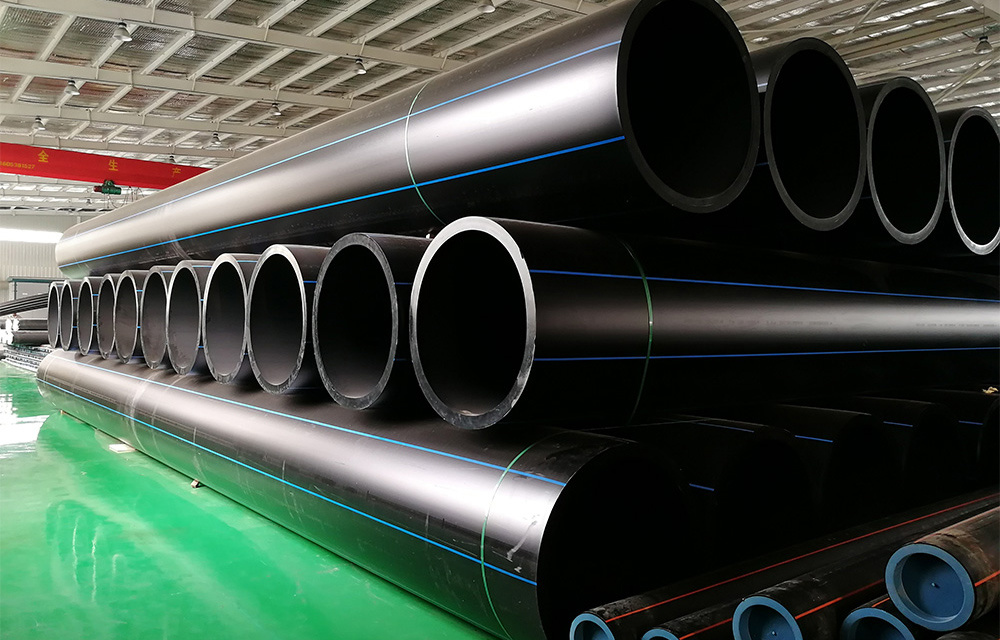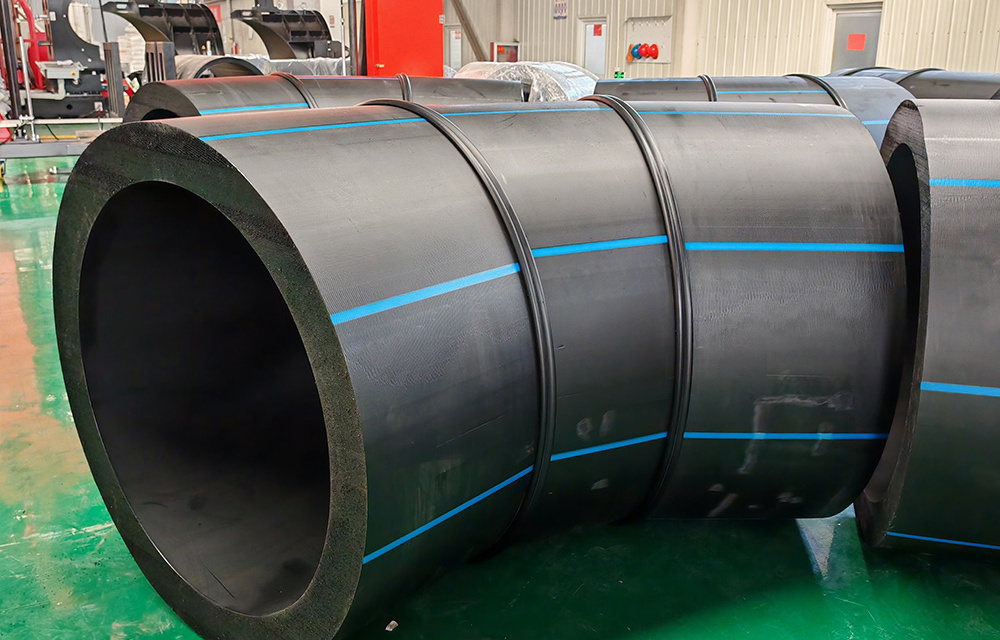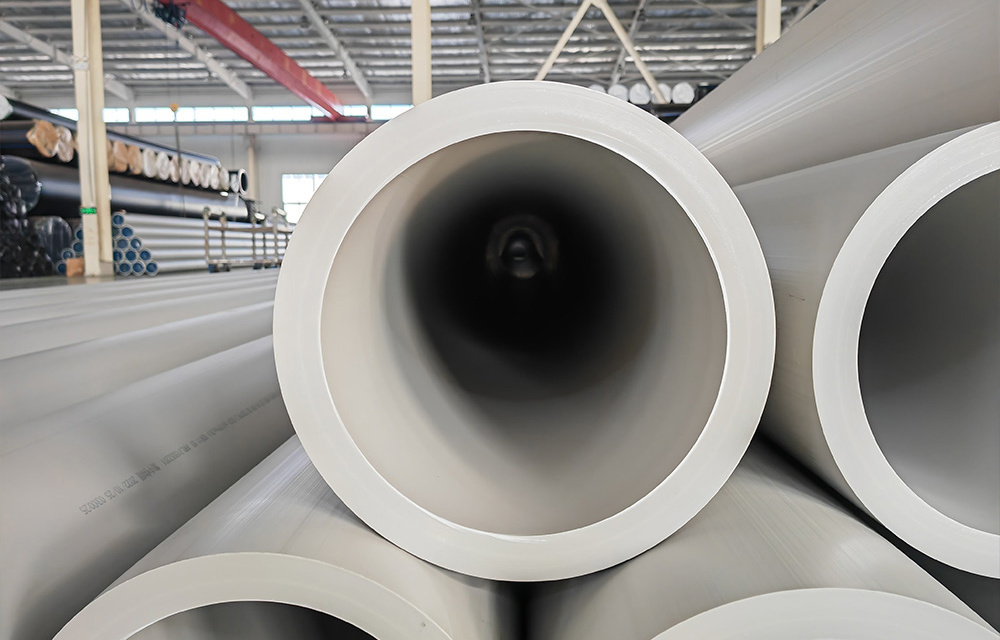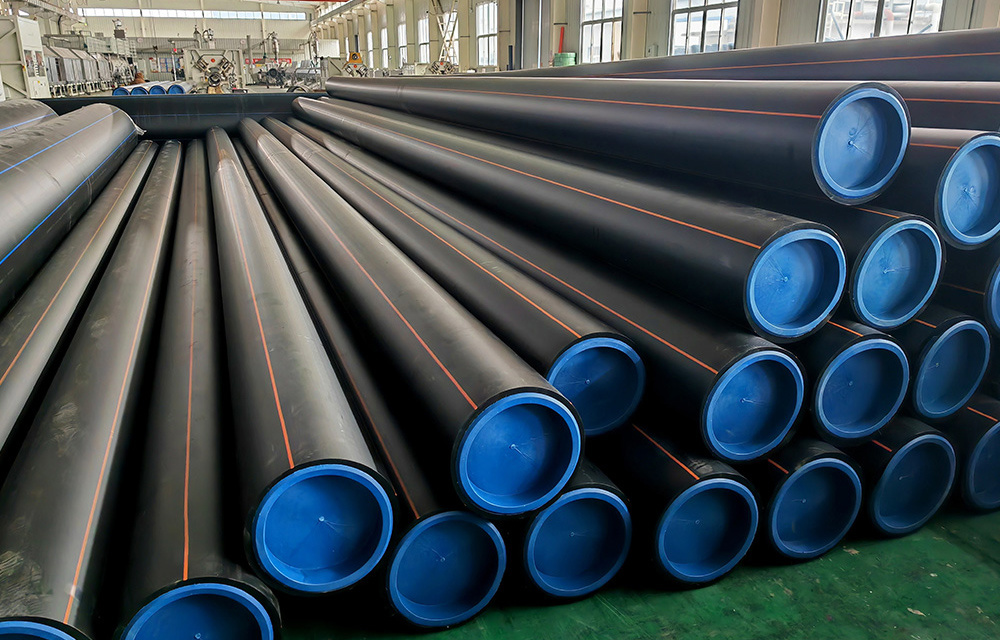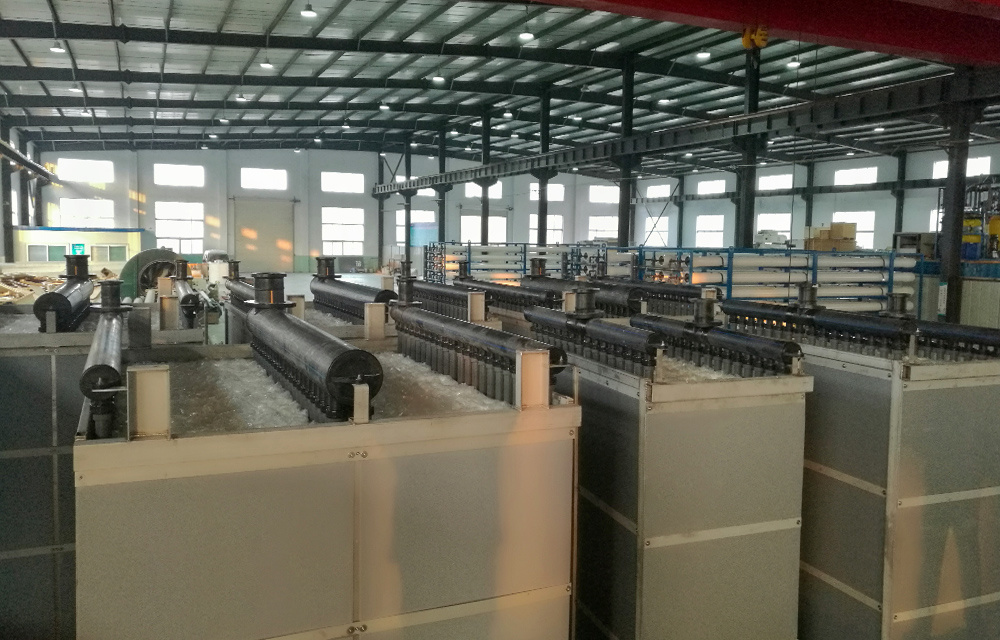22
2025
-
10
Essential Insights into PP Pipe: Transforming Construction and Decoration Industries
Polypropylene (PP) pipes have emerged as a preferred choice within the construction and decoration materials sector, particularly for plumbing, drainage, and various other applications. Their lightweight nature, durability, and resistance to chemical corrosion make them an ideal solution for modern infrastructures. One of the primary advantages of PP pipes is their excellent chemical resistance. U
Polypropylene (PP) pipes have emerged as a preferred choice within the construction and decoration materials sector, particularly for plumbing, drainage, and various other applications. Their lightweight nature, durability, and resistance to chemical corrosion make them an ideal solution for modern infrastructures.
One of the primary advantages of PP pipes is their excellent chemical resistance. Unlike traditional materials such as PVC or metal, PP pipes do not rust or corrode, allowing them to handle a wide range of fluids, including aggressive chemicals. This resistance ensures a longer lifespan and reduces maintenance costs, making them a cost-effective choice for both residential and commercial projects.
In addition to their chemical resilience, PP pipes also offer significant thermal stability. They can withstand high temperatures, making them suitable for hot water systems. This characteristic is particularly beneficial in regions where extreme weather conditions prevail. Furthermore, PP pipes exhibit low thermal conductivity, which helps in maintaining temperature and reducing energy costs.
Another compelling feature of PP pipes is their flexibility. This property allows for easy installation, minimizing the need for extensive fittings and joints. The reduced number of joints not only speeds up the installation process but also decreases the chances of leaks, resulting in a more reliable piping system. Additionally, their flexibility enables PP pipes to be used in a variety of applications, from residential plumbing to large-scale industrial systems.
When considering the environmental impact, PP pipes stand out due to their recyclability. They can be repurposed at the end of their life cycle, which aligns with the growing sustainability trends in the construction sector. Utilizing recycled materials can significantly lower the carbon footprint of projects, a critical consideration for eco-conscious builders and homeowners.
It is also essential to be aware of installation best practices when working with PP pipes. Proper handling and installation techniques are vital to ensure the integrity and longevity of the piping system. For example, using the correct welding methods and jointing techniques will help avoid common pitfalls associated with pipe installations.
In conclusion, PP pipes are revolutionizing the way we approach plumbing and drainage systems within the construction and decoration materials industry. Their combination of durability, flexibility, and environmental benefits makes them an attractive option for various applications. As the industry continues to evolve, staying informed about the latest advancements and best practices in PP pipes will be essential for professionals looking to optimize their projects and enhance overall performance. Whether you are a builder, contractor, or architect, leveraging the advantages of PP pipes can lead to significant improvements in your work.
One of the primary advantages of PP pipes is their excellent chemical resistance. Unlike traditional materials such as PVC or metal, PP pipes do not rust or corrode, allowing them to handle a wide range of fluids, including aggressive chemicals. This resistance ensures a longer lifespan and reduces maintenance costs, making them a cost-effective choice for both residential and commercial projects.
In addition to their chemical resilience, PP pipes also offer significant thermal stability. They can withstand high temperatures, making them suitable for hot water systems. This characteristic is particularly beneficial in regions where extreme weather conditions prevail. Furthermore, PP pipes exhibit low thermal conductivity, which helps in maintaining temperature and reducing energy costs.
Another compelling feature of PP pipes is their flexibility. This property allows for easy installation, minimizing the need for extensive fittings and joints. The reduced number of joints not only speeds up the installation process but also decreases the chances of leaks, resulting in a more reliable piping system. Additionally, their flexibility enables PP pipes to be used in a variety of applications, from residential plumbing to large-scale industrial systems.
When considering the environmental impact, PP pipes stand out due to their recyclability. They can be repurposed at the end of their life cycle, which aligns with the growing sustainability trends in the construction sector. Utilizing recycled materials can significantly lower the carbon footprint of projects, a critical consideration for eco-conscious builders and homeowners.
It is also essential to be aware of installation best practices when working with PP pipes. Proper handling and installation techniques are vital to ensure the integrity and longevity of the piping system. For example, using the correct welding methods and jointing techniques will help avoid common pitfalls associated with pipe installations.
In conclusion, PP pipes are revolutionizing the way we approach plumbing and drainage systems within the construction and decoration materials industry. Their combination of durability, flexibility, and environmental benefits makes them an attractive option for various applications. As the industry continues to evolve, staying informed about the latest advancements and best practices in PP pipes will be essential for professionals looking to optimize their projects and enhance overall performance. Whether you are a builder, contractor, or architect, leveraging the advantages of PP pipes can lead to significant improvements in your work.


